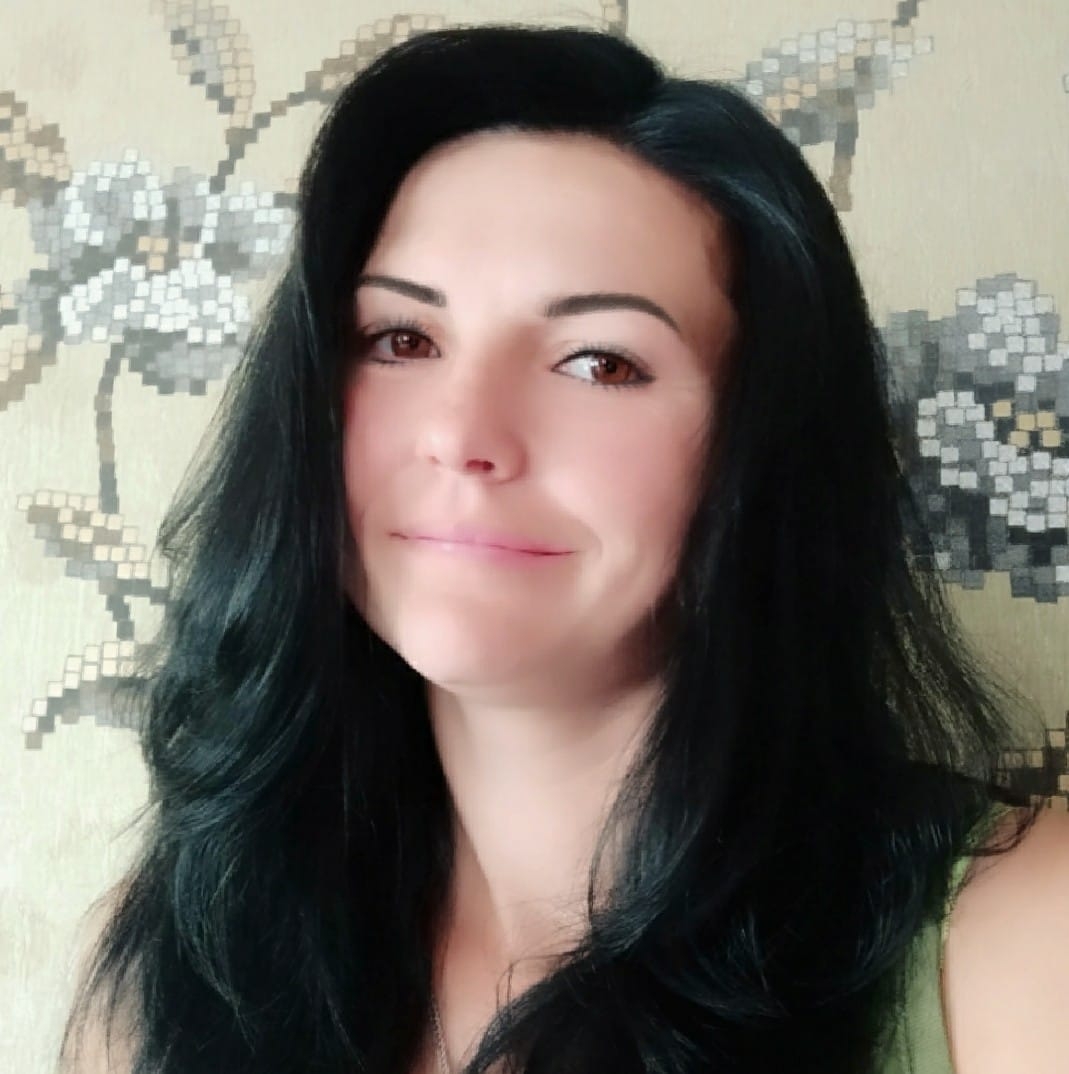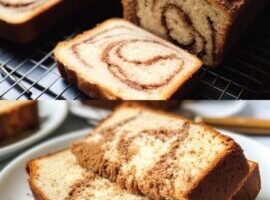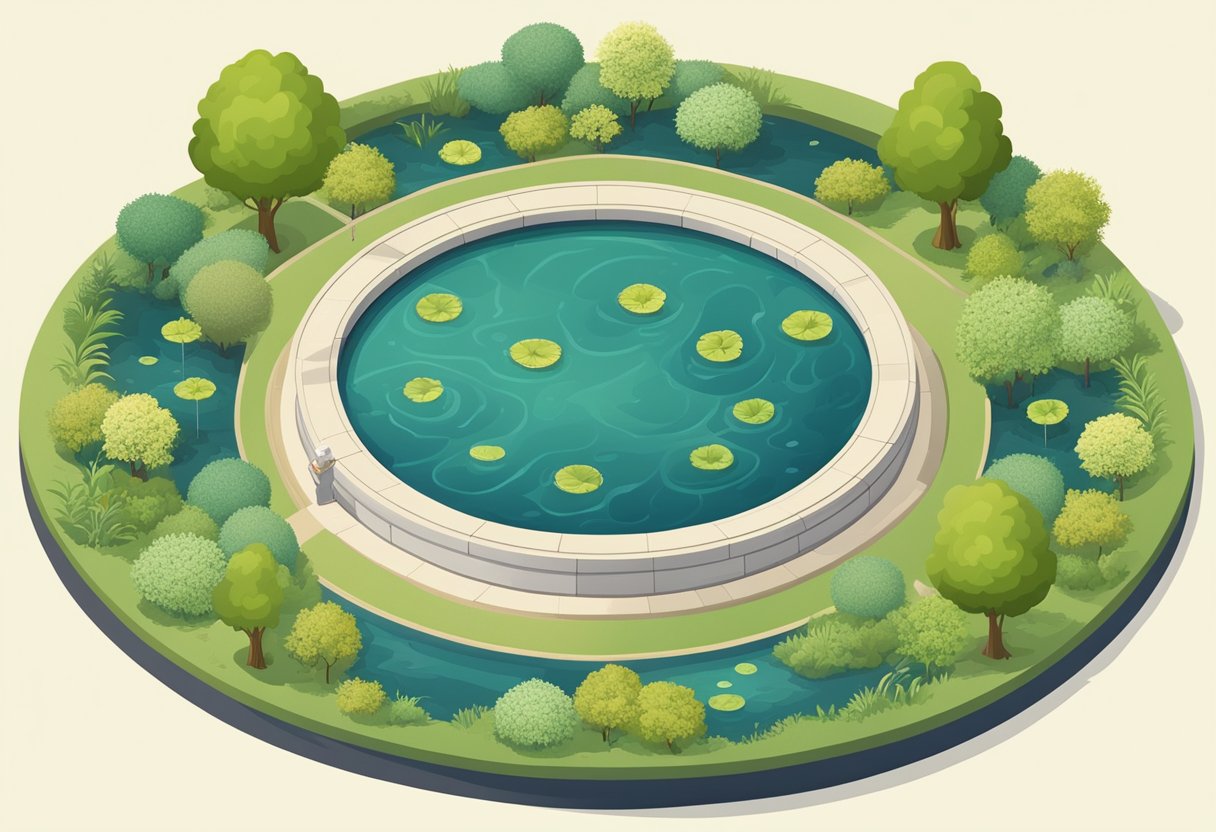Designing a DIY Koi fish pond can be a fun and rewarding project for those who enjoy spending time outdoors and creating a beautiful space for their aquatic pets. However, there are several key considerations to keep in mind before beginning the project to ensure that the pond is safe and healthy for the fish.
One of the first considerations is the size and location of the pond. Koi fish require a certain amount of space to swim and thrive, so it is important to choose a location that is large enough to accommodate their needs. Additionally, the pond should be located in an area that receives adequate sunlight and is protected from strong winds and extreme temperatures.
Another important consideration is the filtration system for the pond. Koi fish produce a lot of waste, so a high-quality filtration system is necessary to keep the water clean and healthy for the fish. There are several different types of filtration systems available, each with their own pros and cons, so it is important to do research and choose the best option for the specific pond design.
Understanding Koi Pond Basics

Pond Size and Depth
The size and depth of the pond are important considerations when designing a DIY Koi fish pond. The general rule of thumb is that the pond should hold at least 1,000 gallons of water and be at least 3 feet deep. This allows the Koi fish to swim freely and provides them with adequate space to grow and thrive. It is also important to consider the number of Koi fish that will be living in the pond when determining the size and depth.
Location Selection
Choosing the right location for the Koi pond is crucial. The pond should be placed in an area that receives partial sunlight and partial shade throughout the day. Too much sunlight can cause excessive algae growth, while too much shade can limit the growth of aquatic plants. The pond should also be located away from trees and other plants that can drop leaves and debris into the water. It is also important to ensure that the pond is not located near any sources of pollution, such as septic tanks or chemical runoff from nearby roads.
Overall, understanding the basics of Koi pond design is essential for creating a healthy and thriving environment for Koi fish. By considering pond size and depth, as well as location selection, DIY Koi pond enthusiasts can create a beautiful and sustainable habitat for their fish.
Designing for Koi Health and Safety

Filtration System
One of the most important considerations in designing a DIY Koi fish pond is the filtration system. A high-quality filtration system is essential for maintaining the health and safety of Koi fish. The filtration system should be designed to remove both physical and biological waste from the pond. This can be achieved through the use of mechanical and biological filters.
Mechanical filters can remove large particles of waste, such as leaves and debris, from the water. Biological filters, on the other hand, use beneficial bacteria to break down and remove harmful toxins from the water. A combination of both mechanical and biological filtration is recommended for optimal results.
Aeration and Water Movement
Aeration and water movement are also important considerations in designing a Koi fish pond. Koi fish require oxygen-rich water to thrive, and proper aeration can help to ensure that the water remains oxygenated. Aeration can be achieved through the use of air pumps and diffusers.
Water movement is also important for maintaining the health and safety of Koi fish. Stagnant water can lead to the buildup of harmful toxins and bacteria. Water movement can be achieved through the use of pumps and waterfalls.
Pond Lining and Edging
The pond lining and edging are important considerations in designing a Koi fish pond. The pond lining should be made of a durable material that is resistant to punctures and tears. EPDM rubber and PVC liners are popular choices for Koi fish ponds.
The pond edging should be designed to prevent Koi fish from jumping out of the pond. A raised edge or a low wall can be effective in preventing Koi fish from escaping. The edging should also be smooth and free of sharp edges to prevent injury to the fish.
In summary, designing a DIY Koi fish pond requires careful consideration of the filtration system, aeration and water movement, and pond lining and edging. By taking these factors into account, Koi fish owners can create a safe and healthy environment for their beloved fish.
Incorporating Aesthetics
When designing a DIY Koi fish pond, it is important to consider not only the functionality but also the aesthetics of the pond. Incorporating elements of beauty and visual appeal can enhance the overall experience of the pond and create a more enjoyable environment for both the Koi fish and the pond owner.
Landscaping and Plant Choices
One way to incorporate aesthetics into a Koi fish pond is through landscaping and plant choices. The use of plants can provide natural shade and shelter for the fish, and also add color and texture to the pond. When selecting plants for a Koi fish pond, it is important to choose those that are non-toxic and can withstand the water conditions. Water lilies, lotus, and water hyacinth are popular choices for Koi fish ponds as they provide both aesthetic value and functional benefits.
In addition to plants, landscaping can also play a key role in the overall aesthetics of the pond. Incorporating rocks, boulders, and other natural elements can create a more natural-looking environment, while also providing hiding places for the fish. It is important to ensure that any landscaping elements do not obstruct the flow of water or create potential hazards for the fish.
Lighting and Decorative Elements
Another way to enhance the aesthetics of a Koi fish pond is through lighting and decorative elements. The use of underwater lighting can create a beautiful nighttime display and also provide additional visibility for the fish. Floating lanterns, water fountains, and other decorative elements can also add visual interest to the pond and create a more relaxing atmosphere.
When selecting lighting and decorative elements, it is important to consider their impact on the fish and the pond environment. Lights should be selected that are safe for use in water and do not generate excessive heat. Decorative elements should also be chosen carefully to ensure they do not introduce any potential hazards or disrupt the natural balance of the pond.
By incorporating these aesthetic considerations into the design of a DIY Koi fish pond, pond owners can create a beautiful and functional environment that enhances the overall experience for both the fish and the humans who enjoy it.
Construction and Maintenance Planning
Budgeting and Material Acquisition
Before starting the construction of a DIY Koi fish pond, it is important to plan and budget for the materials needed. The size of the pond will determine the amount of materials required, including the liner, filter, pump, and other accessories. It is recommended to use high-quality materials to ensure the longevity of the pond.
To keep costs down, consider purchasing materials in bulk or looking for deals on used equipment. It is also important to factor in the cost of ongoing maintenance, such as electricity for the pump and filter, as well as the cost of food and medication for the Koi fish.
Long-Term Pond Care
Proper maintenance is key to keeping a DIY Koi fish pond healthy and thriving. This includes regular cleaning and monitoring of water quality, as well as ensuring proper filtration and aeration. It is also important to keep an eye out for any signs of illness or disease in the fish and take immediate action if necessary.
In addition, it is recommended to perform regular water changes and add beneficial bacteria to the pond to help maintain a healthy ecosystem. It is also important to protect the pond from predators, such as birds and raccoons, by installing netting or fencing.
By planning for ongoing maintenance and investing in high-quality materials, a DIY Koi fish pond can provide years of enjoyment and beauty.
Addressing Legal and Environmental Concerns
When designing a DIY Koi fish pond, it is important to consider legal and environmental concerns to ensure compliance with regulations and minimize negative impacts on the ecosystem and wildlife. This section outlines key considerations related to permits and regulations, as well as the potential impact on the ecosystem and wildlife.
Permits and Regulations
Before starting the construction of a Koi fish pond, it is important to research and obtain any necessary permits and comply with local regulations. This may include obtaining permits for water use, construction, and zoning. Failure to comply with regulations can result in fines and legal consequences.
It is also important to consider the potential impact of the pond on the surrounding environment. For example, if the pond is located near a water source, it may impact water quality and aquatic life. Additionally, if the pond is not properly maintained, it can become a breeding ground for mosquitoes and other pests.
Ecosystem Impact and Wildlife Interaction
When designing a Koi fish pond, it is important to consider the potential impact on the ecosystem and wildlife. For example, the introduction of non-native Koi fish can disrupt the natural balance of the ecosystem and harm native species. It is important to choose fish species that are native to the area and do not pose a threat to the ecosystem.
Additionally, the pond may attract wildlife such as birds, raccoons, and other predators. It is important to take measures to protect the fish and prevent wildlife from causing harm. This may include installing a fence or netting around the pond and providing adequate shelter for the fish.
Overall, addressing legal and environmental concerns is a crucial step in designing a DIY Koi fish pond. By taking the necessary precautions, individuals can enjoy the beauty of a Koi fish pond while minimizing negative impacts on the environment and wildlife.
Final Words
Designing a DIY Koi fish pond can be a rewarding experience for any enthusiast. However, it requires careful planning and consideration of various factors to ensure the success of the project. Here are some final words to keep in mind:
- Proper filtration and aeration are crucial for maintaining a healthy environment for Koi fish. Make sure to choose the right equipment and size it appropriately for your pond.
- The size of the pond should be based on the number of fish you plan to keep and their size. A general rule of thumb is to have at least 250 gallons of water per Koi fish.
- Consider the location of the pond carefully. It should be in an area that receives adequate sunlight but also has some shade to prevent the water from overheating. It should also be away from trees and other vegetation to prevent debris from falling into the pond.
- Use high-quality materials for the construction of the pond to ensure its longevity. This includes the liner, pumps, and other equipment.
- Regular maintenance is essential to keep the pond clean and healthy for the fish. This includes water changes, cleaning the filters, and removing debris from the pond.
By following these key considerations, you can design a beautiful and thriving Koi fish pond that will provide years of enjoyment.

As a dedicated veterinarian and animal enthusiast, I, Phoebe Wright, bring a unique perspective to my writing about Koi Fish. With my expertise in animal care, I strive to share valuable insights in a friendly and approachable manner, making my posts both informative and enjoyable to read.







